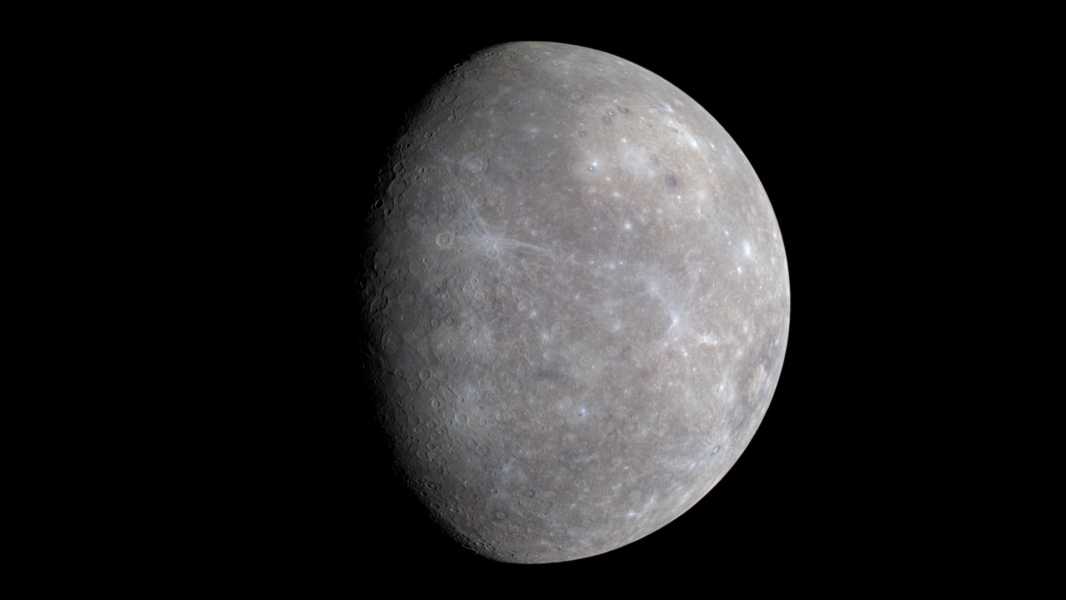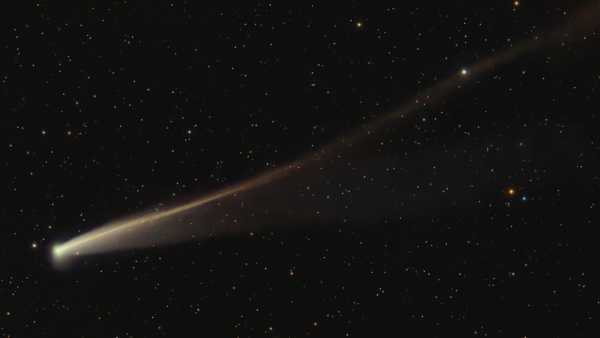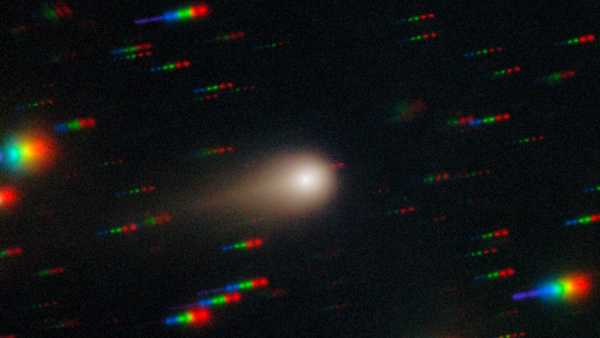
New calculations suggest that a collision between young Mercury and a similarly sized protoplanet may have given it its unusual composition. (Image credit: NASA/Johns Hopkins University Applied Physics Laboratory/Carnegie Institution of Washington)
A recent study suggests that Mercury's mysterious composition may be the result of a collision between two similar-sized protoplanets early in the solar system.
Mercury, the smallest and innermost planet in our solar system, has a number of strange characteristics that have long puzzled scientists. Despite being only slightly larger than Earth's moon, Mercury is surprisingly dense. It has a disproportionately large, iron-rich core that makes up about 60 percent of its mass — twice as much as other rocky planets like Earth, Venus, and Mars — challenging conventional theories about how planets formed.
Complicating the mystery, data from NASA's MESSENGER probe, which orbited Mercury from 2011 to 2015, showed that the planet's surface is surprisingly rich in volatile elements like potassium, sulfur, and sodium. These elements should have been stripped away if the planet had experienced a rare, massive impact in its youth, as researchers had previously suspected.
You may like
Sourse: www.livescience.com





